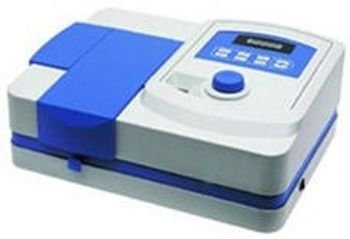
UV/VIS Spectrophotometer
There are many features of a high performance UV/Vis spectrophotometer to consider before making your final purchase. Those features include analysis speed, ease of use, sample compartment size, flexibility and reliability. Also important is: the detection wavelength range; its stray light measurement; and the instrument’s working absorbance range. UV/Vis spectrophotometers from different manufacturers come in a variety of detection wavelength ranges, spanning from 175 nm to 3,300 nm.
Consider the applications for which you will be using this spectrophotometer to determine the detection range you require, but also consider any future applications that may require a broader range. Next, choose what range of stray light performance you are comfortable with for your application and budget.
The degree to which the instrument eliminates stray light is an important specification for UV/Vis spectrophotometers and often dictates the purchase price. Defined as unwanted radiation picked up by the detector, it is measured using the ASTM method.
Absorbance range is another specification to consider when evaluating whether a unit will fit your needs and it also separates higher-priced units from lower-priced equipment. Think of the sample in your application: if it is a turbid or concentrated liquid or a solid sample that is optically thick, you may require a working absorbance range between 5 A and 8 A or higher. For most clear liquids, measurement between 3 A and 8 A is acceptable.
View All UV/VIS Spectrophotometers
